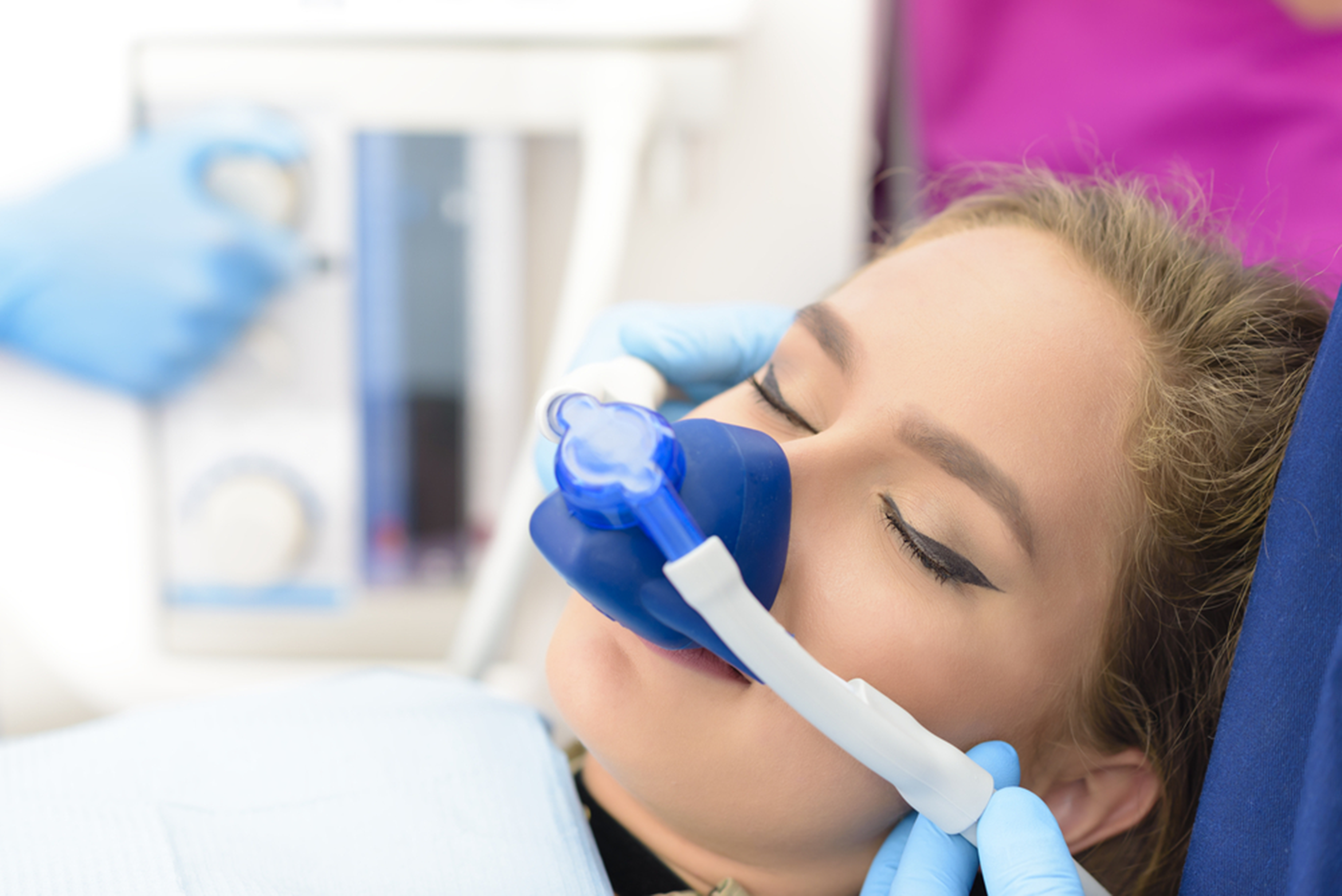Dental sedation is a treatment procedure that helps patients overcome fear, anxiety and nervousness about receiving dental work to get the care they need as comfortably as possible. Dental fear and anxiety are common and understandable. Unfortunately, they’re also common obstacles to people getting the treatment they need. Too many patients develop more significant dental issues that require more complex and invasive procedures to address than they otherwise would because they’re afraid to get the care they need. Dental sedation helps eliminate those obstacles. Here’s how.
Sedation dentistry services from Valley Ridge Dental Centre aren’t a single product but a suite of products that can be tailored to meet the needs of individual patients. Here are the four types of available sedation dentistry. Remember that these sedation dentistry options are not alternatives to local anesthetic. Our dentist in NW Calgary will always numb the area of your mouth and gums being treated to ensure minimal pain and discomfort. Sedation dentistry supplements local anesthetic by helping you remain still, calm and comfortable while being treated — so calm and comfortable that you may not even remember your appointment (depending on your choice).
Nitrous oxide
You may know nitrous oxide better as a laughing gas. Patients inhale laughing gas when receiving oxide sedation near you through a mask or tube placed just below their nostrils. Laughing gas takes effect quickly; you’ll feel relaxed and maybe even a bit giddy within 30 seconds. Once you stop inhaling, the effect quickly clears your system.
Oral sedation
A dentist near me may recommend oral sedation to achieve a deeper level of relaxation than via oxide sedation in NW Calgary while remaining completely awake during your procedure. Oral sedation is usually achieved by taking a pill or tablet the night before your dentist’s appointment and a second pill or tablet an hour before your appointment. Patients usually remember very little about dental work received while under the influence of oral sedation.
IV sedation
Intravenous (IV) sedation comes in two levels: “twilight” and general anesthesia, which we’ll introduce below. Intravenous sedative drugs are administered through an IV placed in a vein in your arm. Under twilight IV sedation, you’ll feel markedly sleepy but will be aware of your surroundings. Your dentist can rouse you to full wakefulness at any time if needed. Twilight IV sedation is appropriate for people with very high levels of anxiety undergoing lengthy or complex treatment.
General anesthesia
General anesthesia is the most extreme option of sedation dentistry available and is, in fact, very unusual except in cases of extremely lengthy and complex oral surgery. Under the influence of general anesthesia, you’ll be unconscious and asleep and have no memory of undergoing treatment. Procedures under general anesthesia are performed at specialist surgery clinics under medical supervision.
Which type of sedation is right for you? To determine the answer to that question, your dentist will consider a wide range of factors: your age; what is the nature of your fear or anxiety; how extreme is that fear or anxiety; what types of procedures you are undergoing; how long you will need to remain calm and still to get the care you need; your medical history; and any prior experience with different types of sedative drugs.
Whether you’re a child having a tooth pulled, an adult undergoing root canal therapy or a senior citizen undergoing periodontics, there is a sedation dentistry option that can — in addition to using local anesthetics — ensure you get the treatment you need as comfortably as possible. Whatever dental work you need, ask your dentist what sedation option is best for you.

